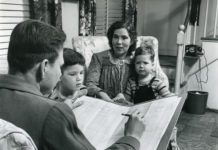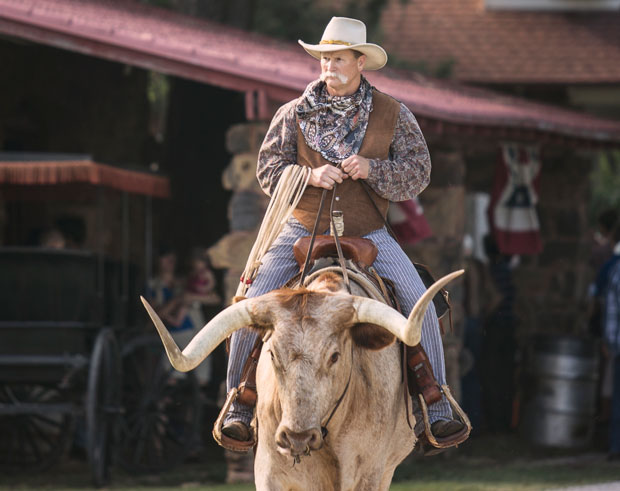Before the internet, people got their information from the library. If the internet democratized information, libraries created a republic. No one made a larger investment in the growth and accessibility of this this republic than steel giant and philanthropist Andrew Carnegie.
From 1883 to 1919, Carnegie granted communities all over the world money to build libraries. In 1899 Carnegie’s money came to Oklahoma. Twenty-four Carnegie libraries were built in Oklahoma towns and cities, and one academic library was built at the University of Oklahoma.
These grants were awarded to communities Carnegie felt would not just use his money to build a building, but would also invest themselves and breathe life into it.
“It laid the foundation for our free recreational and education reading material that would not have been available to people for quite some time,” says Robin Mooney, branch manager at the Tahlequah Public Library.
Tahlequah received a Carnegie grant for $10,000 in 1905 and built on land donated by the Cherokee tribe.
In many places, women’s organizations were largely responsible for making books available by setting up reading rooms. Without the grant program, Mooney says it might have been several decades before Tahlequah had the resources to create a public library. Towns in Oklahoma were just being settled and incorporated during this time. Books were an expensive luxury.
“People couldn’t go out and buy books,” says Susan Johnson, a librarian at the Sapulpa Library. Sapulpa received a Carnegie grant for $25,000 in 1916. The town contributed $10,000 more, and clubs and civic organizations worked to provide additional resources to outfit the library.
Many towns were young settlements and not equipped to provide the resources and infrastructure for a library without Carnegie grants.
“It was important to the education and literacy of the town,” says Brandy Tointigh, head librarian at the Hobart Public Library. Anyone could come to learn to read and write, she says. Hobart Public Library just celebrated its 100th year. It was built in part with funds from a 1911 Carnegie grant for $10,000.
In order to be awarded a grant, a few criteria had to be met. The city or town had to provide the land that the library would be built upon and commit to making a contribution equaling 10 percent of the Carnegie grant from community taxes. Services were also to be free to all community members. These requirements became known as the Carnegie Formula.
Carnegie’s formula promoted a sense of community and placed the library at the center. “This library – I think all libraries are the heart of a community,” says Johnson.
Today, eight of the original Carnegie libraries in Oklahoma are still in operation, providing free access to books and other materials.
“We are a service that offers free materials to you, whoever you are,” says Mooney.
Even in a high-tech era, libraries remain among the last truly free public places for access to information, be it physical or virtual. Carnegie could never have imagined that libraries would be a place people could complete an online job application.
Today’s libraries hold classes, conduct book groups, host clubs and participate in special community projects: all this because of Carnegie’s investment to provide access to books.
Seven of the original buildings are listed on the National Register of Historic Places. Unfortunately, seven were razed. The rest of the buildings have been repurposed as city buildings, meeting spaces and offices.

























